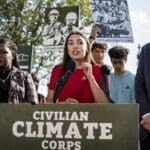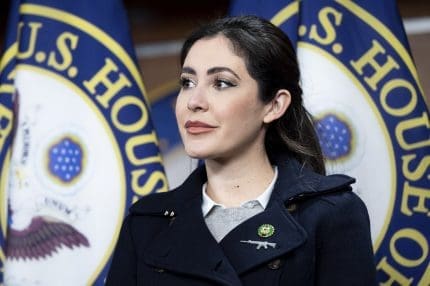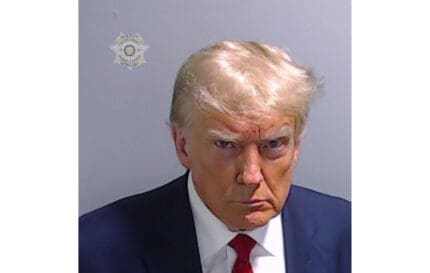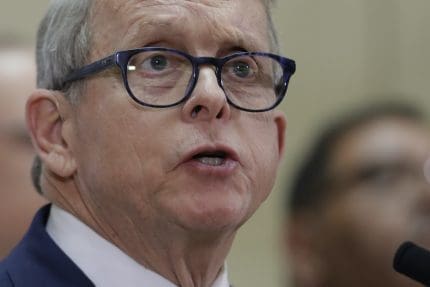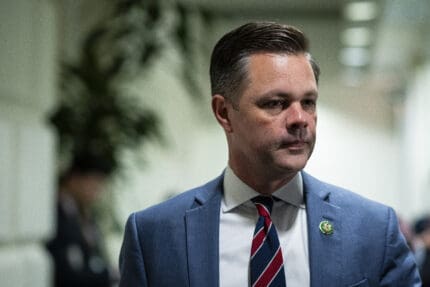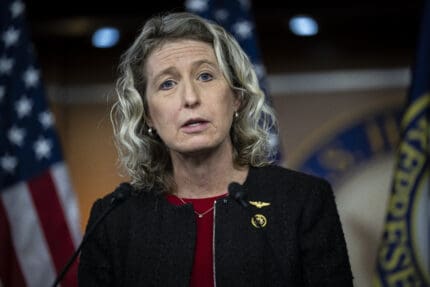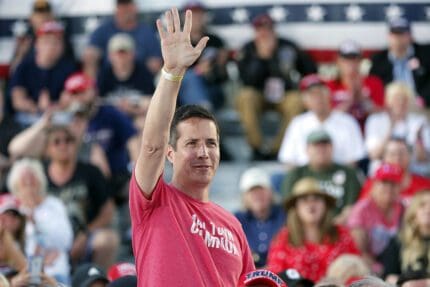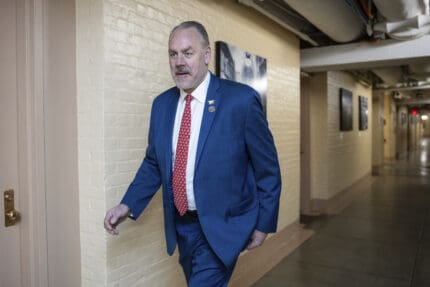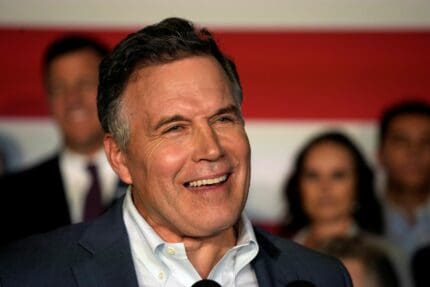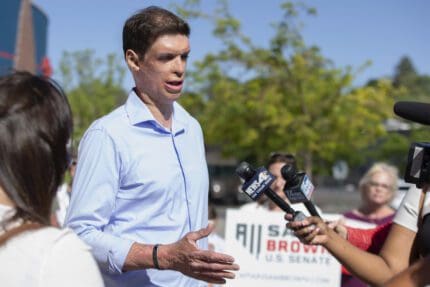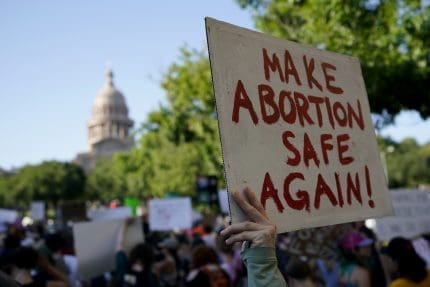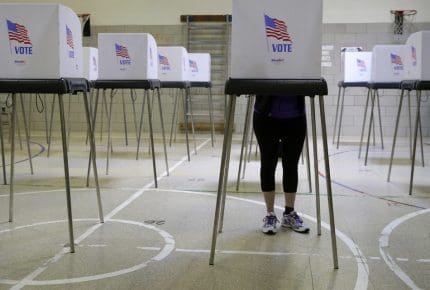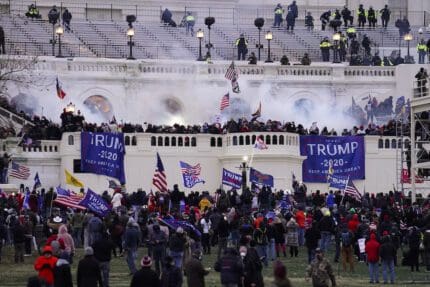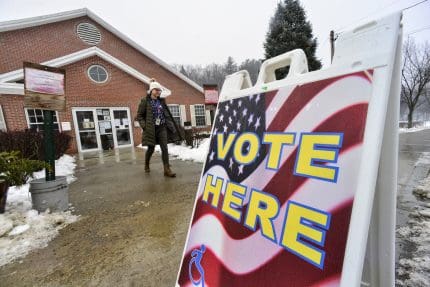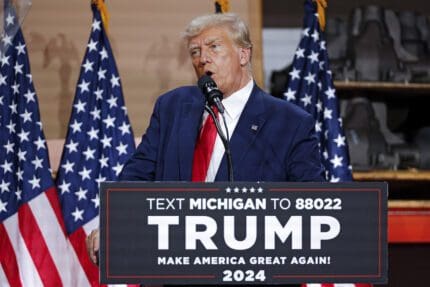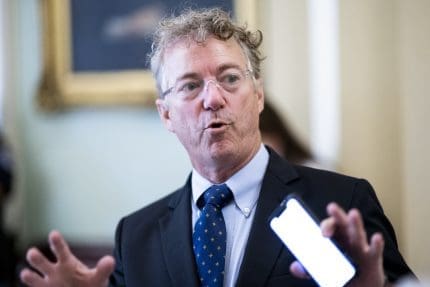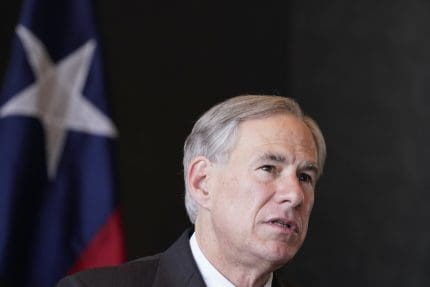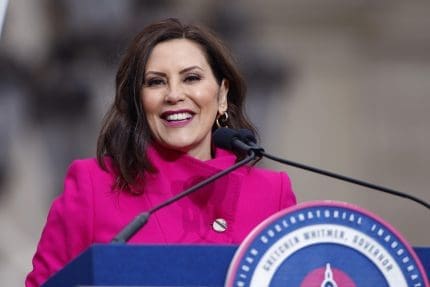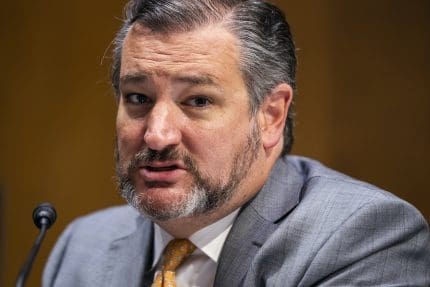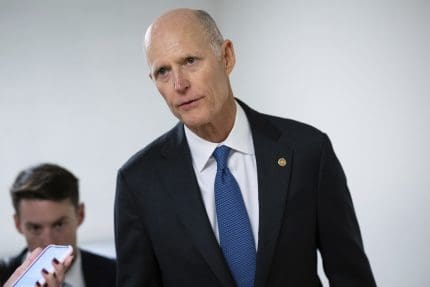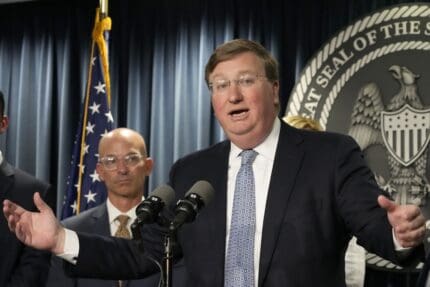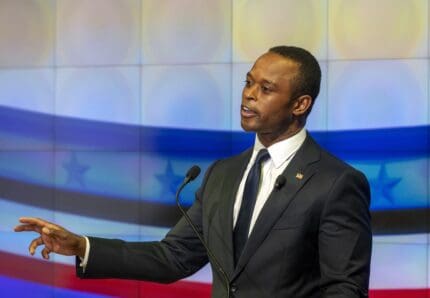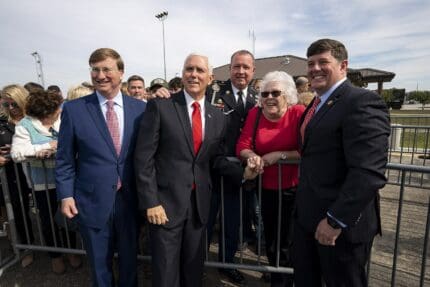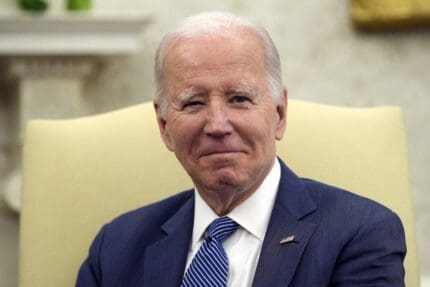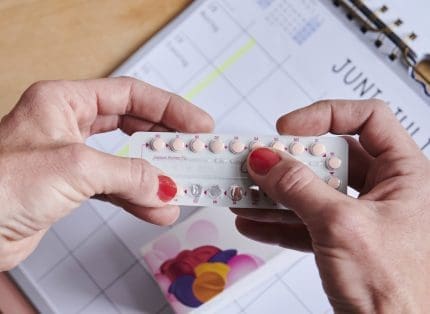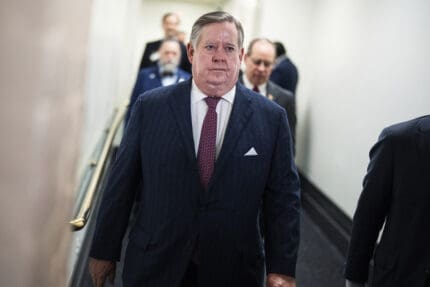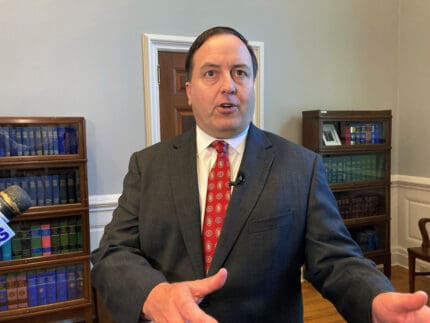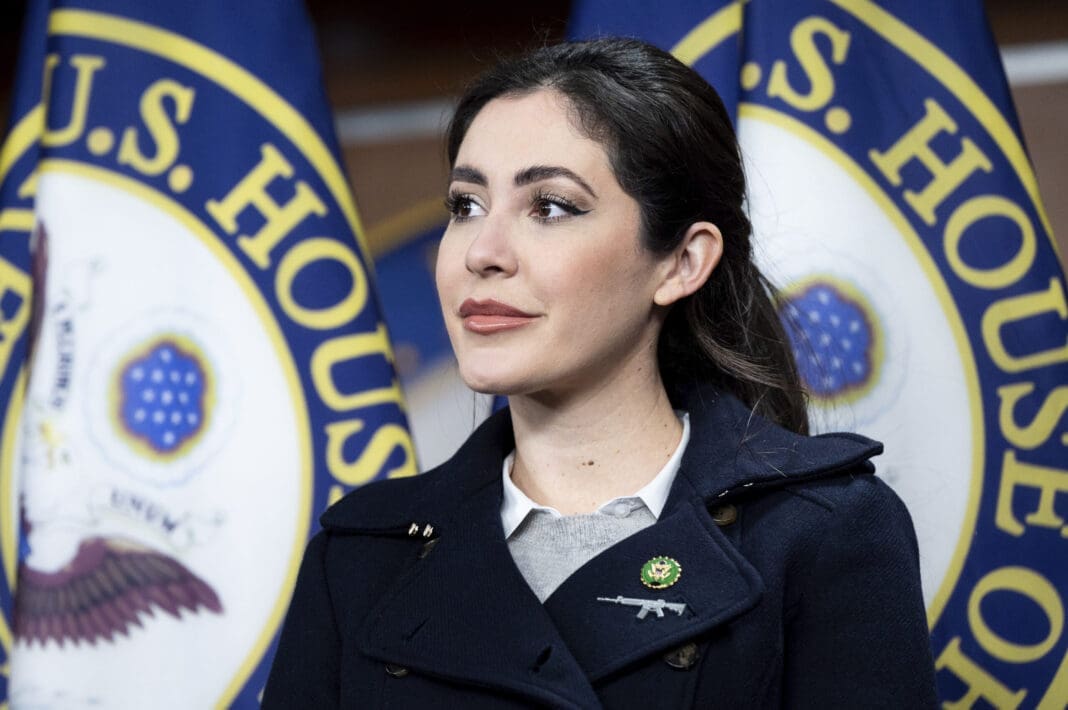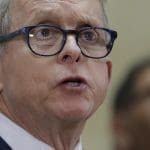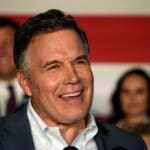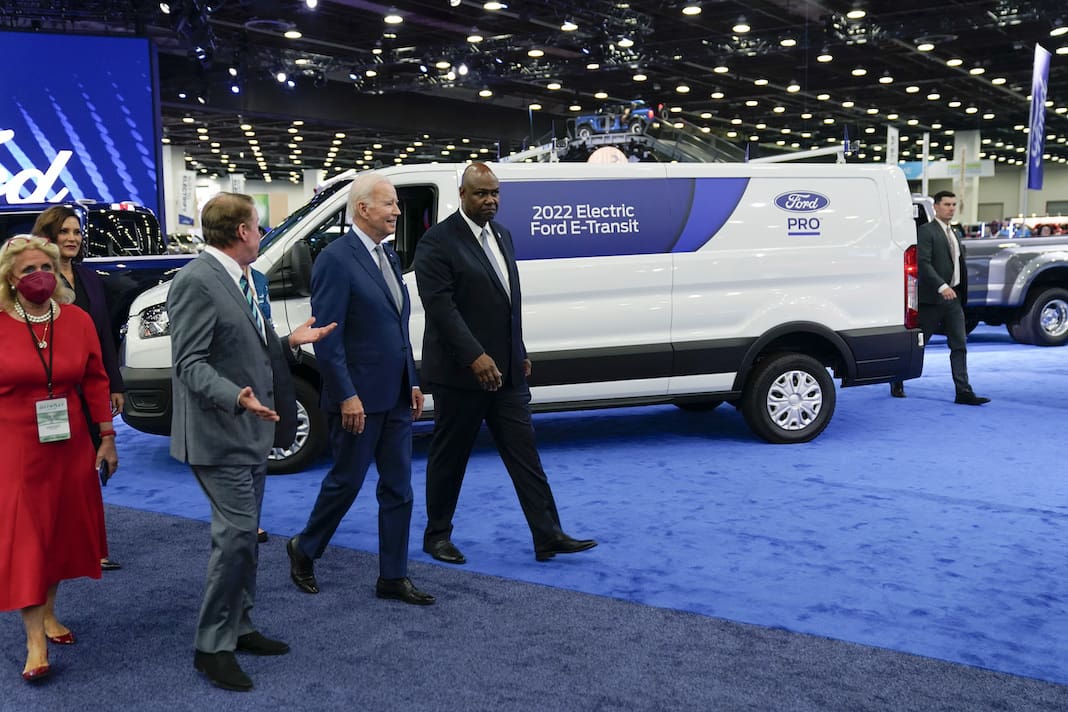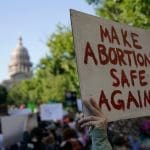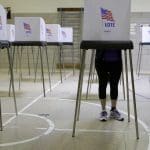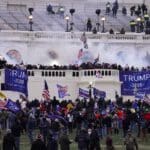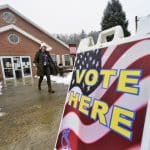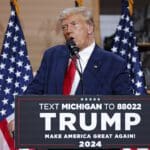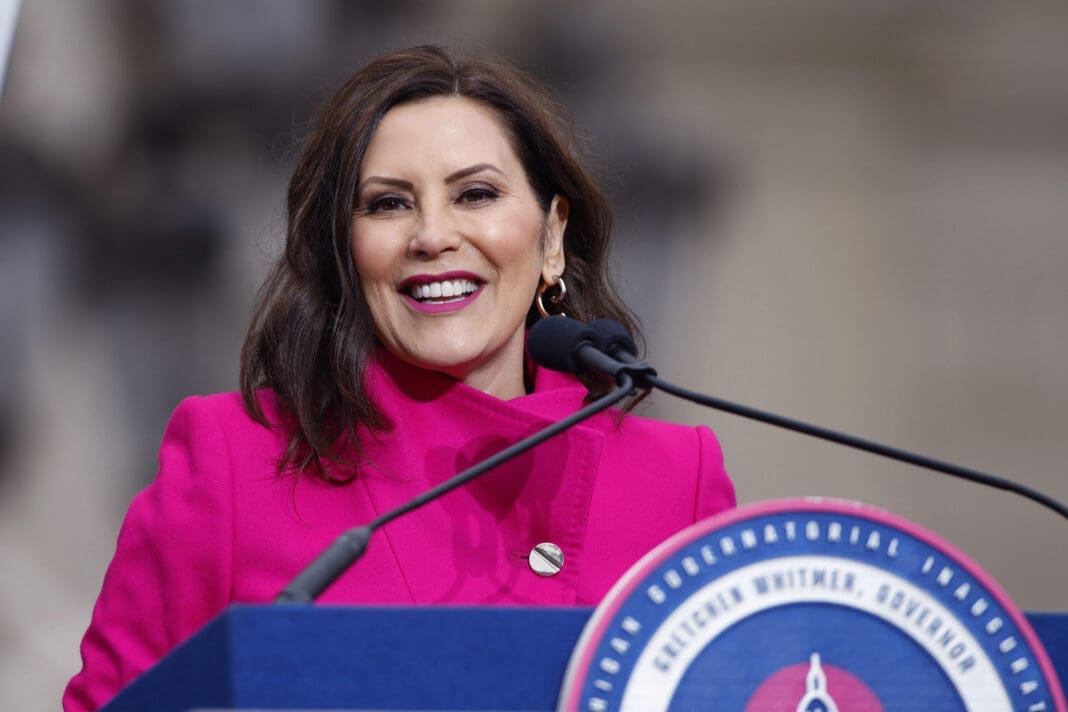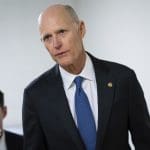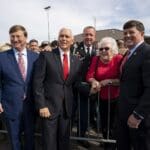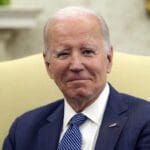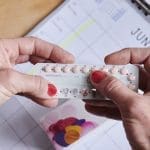Trump's failed Puerto Rico response foreshadowed the coronavirus crisis
Trump’s crisis playbook — blaming local officials, casting himself as the victim, and praising his own response — hasn’t changed since 2017.
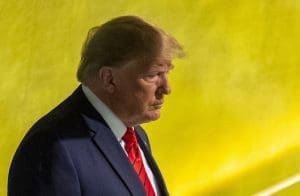
For months, Donald Trump has been criticized for his response to the coronavirus pandemic and for refusing to accept the reality of the situation even amid dire warnings from experts.
But Trump has been here before: His response to a series of crises in Puerto Rico years ago now seems like a mirror image of his botched approach to the raging pandemic.
Contradicting experts
Hurricane Irma passed just north of Puerto Rico on Sept. 6, 2017. Though it did not hit the island head-on, Irma caused massive damage, knocking out power for more than a million people and resulting in at least four fatalities.
Two weeks later, Hurricane Maria made landfall on the already stricken island, killing thousands.
Trump refused to believe those numbers. He insisted repeatedly that fewer than 20 people died in the storms, even as experts reported significantly more.
“3000 people did not die in the two hurricanes that hit Puerto Rico,” Trump tweeted in September 2018. “When I left the Island, AFTER the storm had hit, they had anywhere from 6 to 18 deaths. As time went by it did not go up by much. Then, a long time later, they started to report really large numbers, like 3000.”
Days earlier, the Puerto Rican government had released its report showing 2,975 people died in the aftermath of the hurricanes.
Trump similarly disputed the findings of experts from the World Health Organization in the early days of the current coronavirus pandemic. Those experts estimated the death rate for the virus was approximately 3.4%.
In an interview with Fox News’ Sean Hannity on March 4, Trump suggested that millions of Americans would get better “just by sitting around.” He insisted the death rate was closer to 1%.
“And then when you do have a death like you had in the state of Washington, like you had in the state of California, I believe you had one in New York, all of a sudden it seems like 3 or 4%, which seems like a very high number, as opposed to a fraction of 1%,” Trump said at the time.
Trump was not relying on medical experts for his claim. “This is just my hunch,” he said.
Blaming local officials
Trump repeatedly attacked San Juan Mayor Carmen Yulín Cruz for problems the island was facing in the wake of the hurricanes.
“Such poor leadership ability by the Mayor of San Juan, and others in Puerto Rico, who are not able to get their workers to help,” Trump tweeted on Sept. 30, 2017, just 10 days after Hurricane Maria made landfall.
“They want everything to be done for them when it should be a community effort,” he added.
Trump also claimed local officials “have to give us more help” during a White House press conference on Oct. 3 that year.
Likewise, as the coronavirus started to spread, Trump drew from that same model, shifting blame to state governors for a nationwide shortage of medical supplies.
“Governors are supposed to be doing a lot of this work,” Trump said at a March 19 White House briefing. “The federal government is not supposed to be out there buying vast amounts of items and then shipping. You know, we’re not a shipping clerk.”
Trump also singled out Gov. Gretchen Whitmer of Michigan, who asked the federal government for help battling the virus, employing a similar line of attack as the one he had used on Cruz three years earlier.
“Some of these governors take, take, take and then they complain,” Trump told Sean Hannity on March 26. “All [Whitmer] does is sit there and blame the federal government.”
In the same interview, Trump claimed Washington Gov. Jay Inslee “should be doing more” as well, adding, “He’s always complaining.”
Playing the victim
Trump frequently sought to cast himself as the victim of attacks from political opponents and the media both in the aftermath of Maria and more recently amid the coronavirus outbreak.
Trump accused Democrats of inflating the death toll in Puerto Rico as some sort of plot to undermine him.
“This was done by the Democrats in order to make me look as bad as possible when I was successfully raising Billions of Dollars to help rebuild Puerto Rico,” Trump tweeted in September 2018. (There is no evidence Democrats inflated the death toll.)
Similarly, as Trump downplayed the severity of the coronavirus crisis in early 2020, he and his administration lashed out at the media and Democrats, claiming they were trying to paint him in a negative light.
“They’re doing everything they can to instill fear in people, and I think it’s ridiculous,” Trump told reporters on the White House lawn, speaking about news outlets such as CNN. He also accused Democrats of raising an alarm for political purposes.
Mick Mulvaney, Trump’s then-chief of staff, claimed media coverage of the crisis was meant to hurt Trump.
“The reason you’re seeing so much attention to it [coronavirus] today is that they think this is going to be the thing that brings down the president,” Mulvaney said during a question-and-answer session at the Conservative Political Action Conference. “That’s what this is all about it.”
No empathy
When Trump visited Puerto Rico in October 2017, he was captured on camera tossing rolls of paper towels to a group of Puerto Ricans. At the same event, he joked about no one in the crowd needing a flashlight, even though 93% of the country was without power at the time.
Earlier that month, he attacked residents for not being grateful enough for the administration’s relief efforts, calling them “politically motivated ingrates.”
In the middle of the coronavirus crisis, Trump employed a similarly dismissive tone, accusing health care professionals on the frontlines of the outbreak of being criminals.
“I expressed what was told to me by a tremendous power in the business,” Trump said during a March 30 White House press briefing. He claimed that a source had told him masks are “going out the back door” in hospitals in New York City.
“When you go from 10,000 masks to 300,000 masks,” Trump said, “there’s something going on.”
At least two nurses in New York City have died from the coronavirus pandemic, and an untold number of doctors and nurses have fallen ill, the New York Times reported on March 30.
Slow response
The Trump administration’s response to Hurricane Maria was so slow that an international relief agency decided to intervene.
“Oxfam has monitored the response in Puerto Rico closely, and we are outraged at the slow and inadequate response the US Government has mounted,” Abby Maxman, president of Oxfam America, said in an Oct. 2, 2017 statement. “Oxfam rarely responds to humanitarian emergencies in the U.S. and other wealthy countries, but as the situation in Puerto Rico worsens and the federal government’s response continues to falter, we have decided to step in.”
Trump also downplayed the seriousness of the coronavirus crisis for weeks after the first confirmed case was reported on Jan. 21 near Seattle.
Trump initially claimed his administration had things “totally under control,” saying in a January CNBC interview that everything was going to be “just fine.”
Trump also predicted in February that the outbreak would “miraculously” go away once the weather warmed up, and later suggested the number of cases would soon dwindle to zero.
It wasn’t until March 13 that he finally declared a national state of emergency.
If Trump had acted with more urgency earlier, the New York Times reported, much-needed ventilators — of which there are a shortage in hospitals across the country — could have been produced and sent to states by mid-April, rather than June, when they will reportedly be ready.
10 out of 10
No matter how much criticism Trump receives over a crisis, he makes sure to praise himself regardless.
Such was the case in October 2017, when, during a meeting with Ricardo Rosselló, the governor of Puerto Rico, Trump lauded his botched hurricane response.
“I would say it’s a 10,” Trump said at the time, adding that the damage from Hurricane Maria “was in many ways worse than anything people have ever seen.”
A year later, with the island still struggling, Trump continued to sing his own praises. “I think Puerto Rico was an incredible, unsung success,” he said at a Sept. 11, 2018 press conference.
At a March 16 press conference, Trump used almost the same language to describe his response to the coronavirus crisis.
“I’d rate it a 10,” Trump said about his administration’s response. “I think we’ve done a great job.”
Again, on March 29, Trump told reporters that if less than 200,000 people died during the coronavirus pandemic, “we all together have done a very good job.”
As of April 6, there were at least 357,036 confirmed coronavirus cases nationwide.
At least 10,522 people have died.
Published with permission of The American Independent Foundation.
Recommended
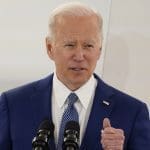
President Biden visits Prince William park to talk solar, youth involvement on Earth Day
Virginia set to receive $156 million from U.S. Environmental Protection Agency program
By Charlie Paullin, Virginia Mercury - April 23, 2024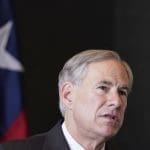
Texas governor and attorney general do little to curb state’s chemical plant crisis
Republicans Greg Abbott and Ken Paxton have taken thousands of dollars in donations from chemical companies and their affiliated PACs.
By Jesse Valentine - December 08, 2023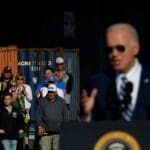
‘We’ve been waiting for this’: Union workers cheer Biden’s hydrogen hub plan
Federal funding for the hub is estimated to bring over 20,000 jobs to the Pennsylvania-New Jersey-Delaware area.
By Anna Gustafson - October 17, 2023







